The heating and grinding of traditional soybean milk machine are not carried out at the same time, which brings great inconvenience to users. In view of the shortcomings of traditional soybean milk machine, this paper introduces a control system of soybean milk machine controlled by single chip computer. The principle of hardware design and the circuit schematic diagram required for hardware design are given. The system has the functions of temperature and water level detection.
Generally speaking, heating and grinding of traditional soybean milk machines are not carried out at the same time, which makes users need to wait for a long time to drink hot soybean milk. In view of the shortcomings of traditional soybean milk machine, this paper combines heating and beating circuit, and uses high-power motor to improve work efficiency. By adjusting the power of motor in the process of cooking, the taste of soybean milk can be guaranteed, so as to achieve the design purpose [1].
It is required that the soybean milk machine can monitor the temperature in real time and transmit the temperature parameters to the controller. The controller controls the motor to turn and grind the soybean milk and the heating rod to heat according to the temperature. At the same time, it is also required to monitor whether the water inside the soybean milk machine is boiled dry and whether the water exceeds the prescribed part.
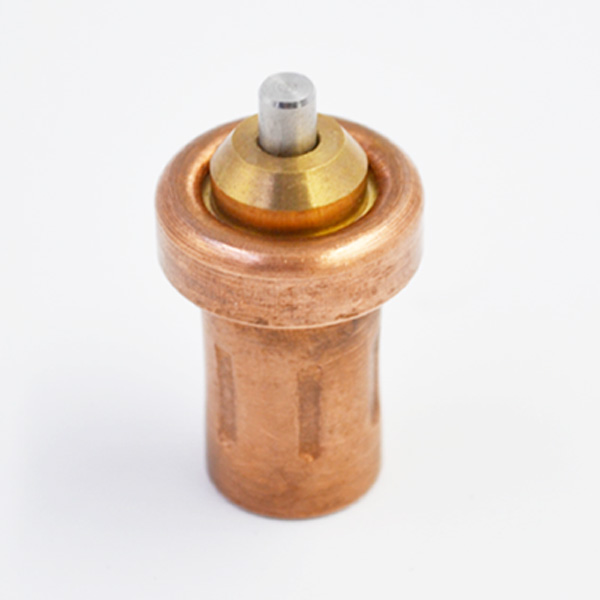
The hardware structure of the soybean milk machine is shown in Figure 1. 。 The power supply part must ensure the stable operation of the whole system; The control module of this design is AT89C52, the main function of which is to effectively control other modules after power supply; the function of anti-burning and dry module and overflow detection module is to judge whether water meets the requirements when soymilk is made; the heating module needs to be used. To have a temperature sensor, a digital temperature sensor DS18B20 is used to detect the temperature; the pulping module is to grind the soybean with a knife driven by a motor, break the soybean and mix it with water to form soybean juice; the alarm module is to use buzzer to indicate that the soybean milk has been done, or when the water level is detected, such as If the water level of fruit does not meet the standard, the alarm module will also alarm; the display module will display the corresponding characters when the soymilk machine works. The function of soymilk machine depends on the cooperation of these modules. Power supply is the key part of the whole system design, and its stability directly affects the normal operation of the following system. This paper only needs 5V power supply to supply power to the whole control system.
Single power supply design is easy to isolate from high voltage 220V, and easy to design. With the rapid development of integrated circuits, voltage stabilization circuits are rapidly integrated. There are a large number of monolithic integrated voltage stabilization circuits in the market. Compared with the discrete transistor circuit, it has many outstanding advantages, such as small size, light weight, low power consumption, high reliability, fast operation, convenient debugging, flexible use, and easy to carry out a large number of automated production. The heating and refining circuit is designed together in this design.
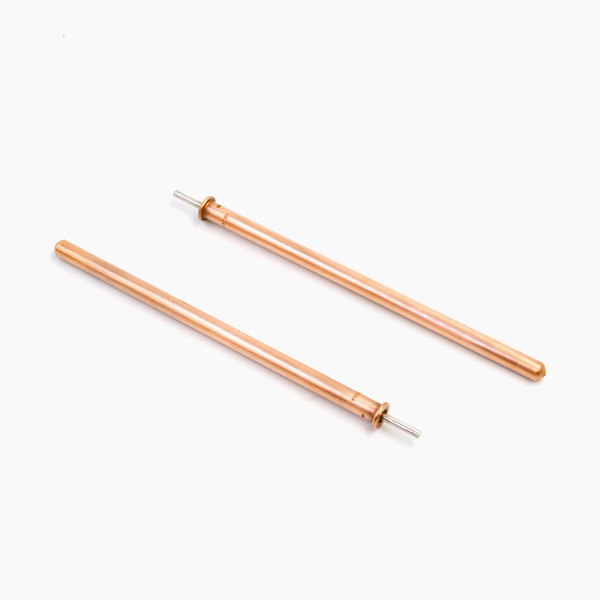
The working principle of the heating and refining circuit is shown in Figure 2. When heating, a heating tube is needed. When starting the switch, the singlechip amplifies the signal through the triode and transmits it to the relay.
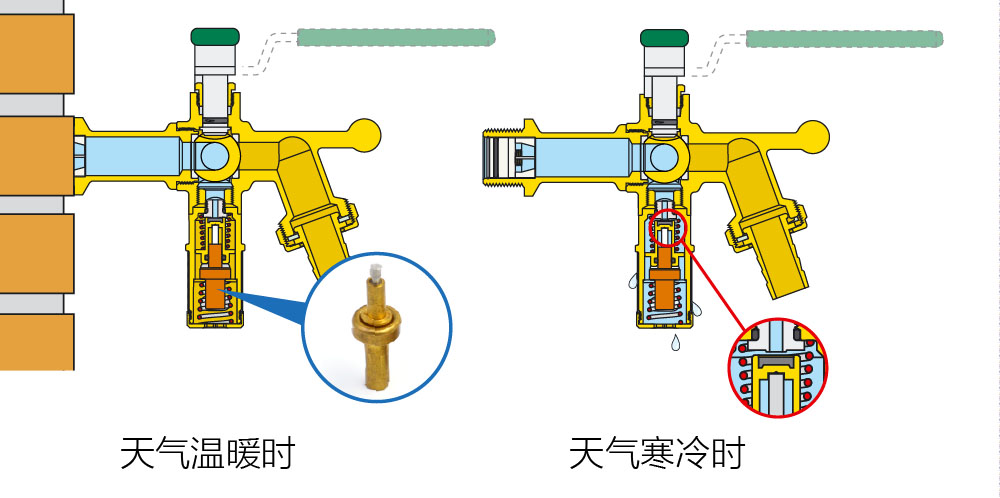
The relay closes the heating tube and starts heating.
When beating, a motor is needed to install the blade on the motor. When the motor starts, the blade is driven to complete beating. When the temperature reaches the standard, the singlechip amplifies the signal to the relay through the triode, and the relay closes and starts beating. This design combines the anti-burning and anti-overflow module circuits. The principle of water level detection and boiling overflow circuit is shown in Figure 3. The components used here are mainly two probes and two integrated operational amplifiers [2]. The two probes are connected with the corresponding water level detection electrode EP1 and the spill electrode EP2 respectively to detect whether the water level meets the standards and whether the soybean milk spills.
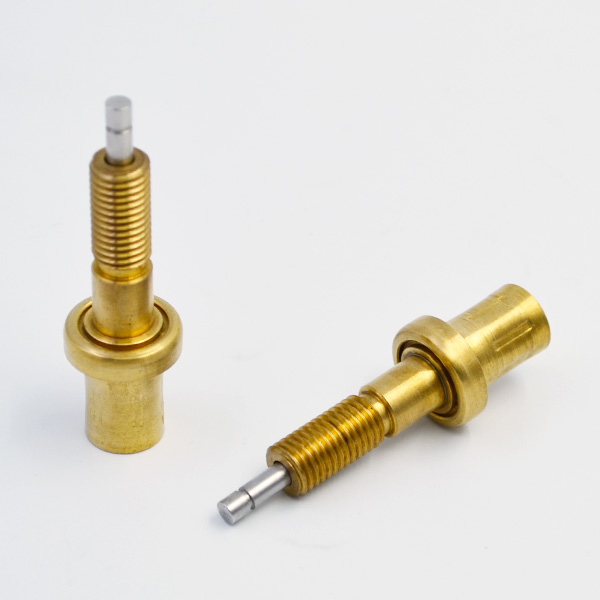
Of course, the choice of probes instead of other sensors is to consider that probes are cheaper and can meet the requirements of this design; the two comparators choose LM324 model, which is marked L1 and L2 respectively. Other driving circuits are mainly for grinding soybean milk.
In order to facilitate users to understand the working status of soybean milk machine, it is necessary to display through LCD screen, and can also modify the function by keys to achieve grinding of other beans or cereals. Sometimes it is necessary to monitor the soybean milk machine in real time when the heating is abnormal.
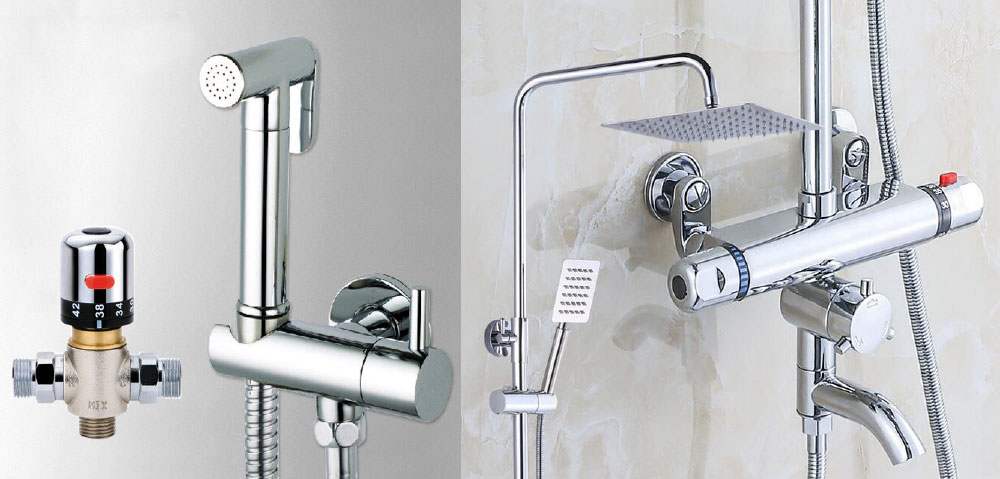
Soya bean milk machine will produce a lot of bubbles when boiling beans and chopped beans.
When these bubbles reach a certain amount, they will mislead the control and make wrong instructions to make the soymilk machine not operate properly. In order to make the system run normally, we need to deal with these bubbles accordingly. Through experiments and consulting various data, it is found that as long as two metal rods are installed on the main shaft of the motor, it can play the role of defoaming. Generally, the metal rod is installed at 2.5 cm below the anti-overflow electrode, and its defoaming effect is better [3].
This design enables the soybean milk function to play the function of water level and temperature detection, water shortage or water overflow alarm, foam active defoaming, thermostatic element active heating after the water level reaches the standard, and active beating after the temperature reaches the standard.
